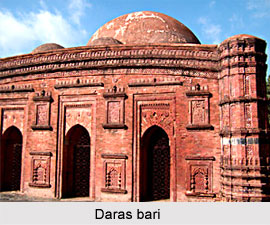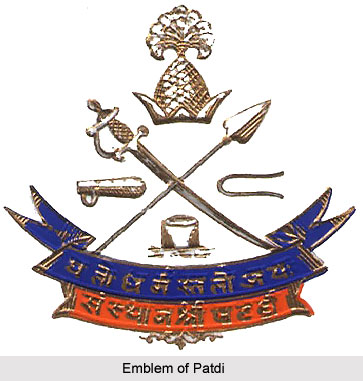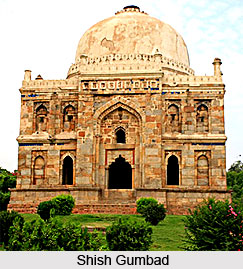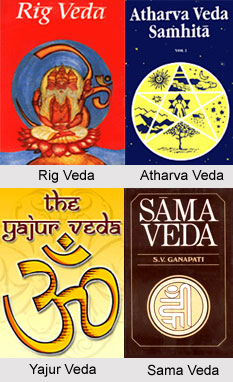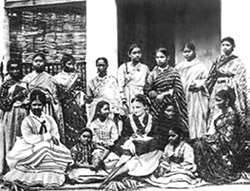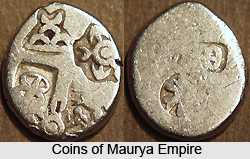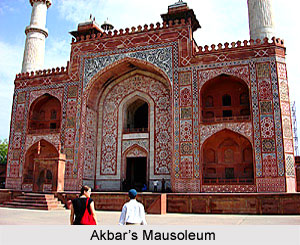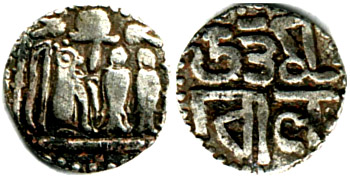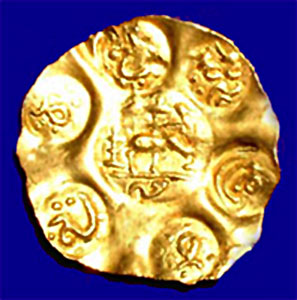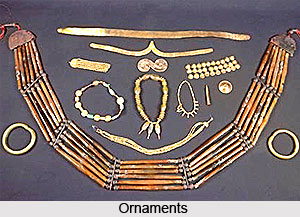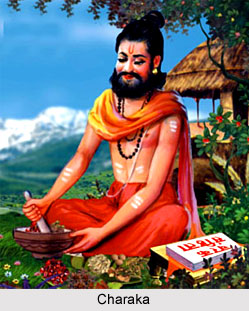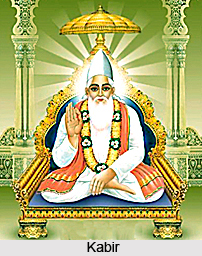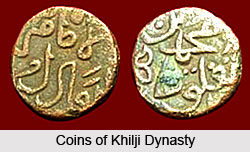 Plague research in British India began as late as the last phase of 19th century, only after British admittance into the scientific world. Heads were chosen to keep up the good work in research laboratories and committees; men came up with alarming conclusions of plague, saying that rat and humans were the primary carriers. Contamination was the first thing needed to be thus checked. However, disputes amongst British scientists themselves led to a partial clouding of matters.
Plague research in British India began as late as the last phase of 19th century, only after British admittance into the scientific world. Heads were chosen to keep up the good work in research laboratories and committees; men came up with alarming conclusions of plague, saying that rat and humans were the primary carriers. Contamination was the first thing needed to be thus checked. However, disputes amongst British scientists themselves led to a partial clouding of matters.
On 13 October 1896, Surgeon-Major Robert Manser accepted the administrative direction of the Plague Research Committee in Bombay.
In December 1896, Haffkine, working at the Petit Laboratory of Grant Medical College, brought out the first effective anti-plague inoculation. Scientific researches in British India for the cause of plague had started quite solemnly, to make a disease-ridden India become free of such deathly ills. Infection and contamination were identifies as the prime cause in the researches.
In February 1897, the Epidemic Diseases Act provided interventionist measures for the Sanitation Department to control the spread of plague by inspecting corpses, making notification of infectious diseases, inspecting ship and rail passengers, prohibiting fairs and pilgrimages, employing more health officers and the recording of births and deaths.
In September 1898, the Home Government named an Indian Plague Commission under the leadership of T. E. Fraser, Professor of Materia Medica at Edinburgh University. Following a two-year tour of India, Fraser`s commission determined that humans were infected by a plague bacillus through the skin, nose and throat; rats and humans were thought to be carriers; unsanitary conditions, fleas carried by rats and weather conditions were dismissed as causal factors.
However, scientific researches by British in India were hindered by certain rural causes, then a common occurrence. Due to severe lack of medicine or medical knowledge, natives became victims to such `unknown` and feared diseases. Prejudices also acted as a leading cause to neglect, as such infected patients were left to the wrath of nature. Yet, with some clearance of science and research in India by British gentlemen, loopholes did stay back. In October 1902, nineteen villagers at Malkowal died of tetanus while undergoing anti-plague inoculation sponsored by Haffkine. For a time this tragedy cast a cloud of Haffkine`s vaccination theories and procedures.
Within the period of 1901-12, Indian Plague Commission concluded that rats were the agent for spreading the plague. From 1901 to 1912 a programme of rat destruction was initiated, but made little material difference. It provoked, however an extremely hostile response from the Jain and orthodox Hindus due to their beliefs in the toleration of all animal life.
In 1906, Dr. William (Glen) Liston (1873-1950) conducted research which confirmed Simond`s 1898 rat-flea theory for the transmission of the plague in India.
In the same year, inoculation with the plague vaccine emerged as the most effective preventative measure against the plague. Its application was keyed to voluntary acceptance by Indians within a framework of support from community leaders. With such conflicting and regular contradicting beliefs, scientific research did come across incumbrances; British thoughts and Indian ancient beliefs were never to meet on one common ground. Science was always looked at as a tool of destruction, a ploy to destroy natives. Hence, in those early years of British rule, researches had to conducted under extreme caution.


